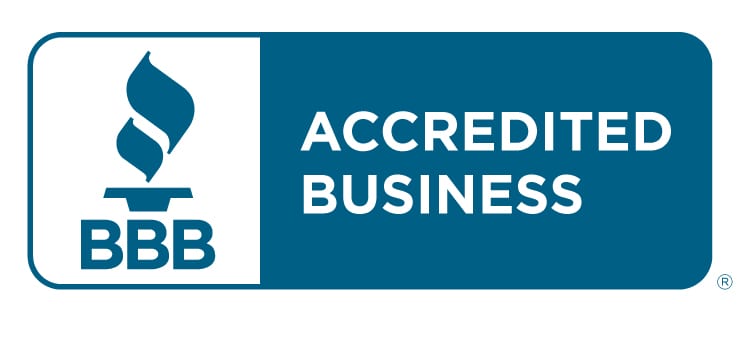What’s the point of a brand style guide?
Style guides lay out many of the details behind your company’s marketing materials, from fonts and formatting to grammar and link use. And they’re an essential asset when it comes to keeping your brand identity consistent — especially if your team works with freelancers or contract workers.
Here’s how to make your style guide shine, including three components it needs to have.
Benefits of a Style Guide
A style guide is an often underestimated factor in brand success. Done well, it offers major benefits to your marketing efforts, including ensuring your brand voice is always represented and taking the guesswork out of cross-channel consistency.
A style guide also helps you get ahead of many of the questions copywriters and editors may have about your preferences. That means less time and money wasted, and that’s always a good thing.
Visual vs. Editorial Considerations
Visual factors to cover include logo(s), color palettes, typography and the overall look and feel you want to achieve with your marketing materials. Editorial factors should cover things like comma use, tone, linking and words to use and avoid. You can include visual and editorial standards in a single guide, or create a separate guide for each.
Key Components of a Style Guide
Make sure to include these must-have components in your style guide:
- Brand voice. Succinctly explain your brand voice, ethos, and tone. Keep it concise, but make sure it’s clear what you’re trying to convey with your content.
- Formatting rules. Will headers be in the title case or the sentence case? Should sources be linked in the body copy or included as footnotes? These and other formatting rules should all be covered as needed for consistency across the board.
- General style guidelines. Include whether you’ll be following AP style or Chicago style, so everyone knows where to look for additional guidance.
Have more style guide questions? Get in touch and let’s chat.



